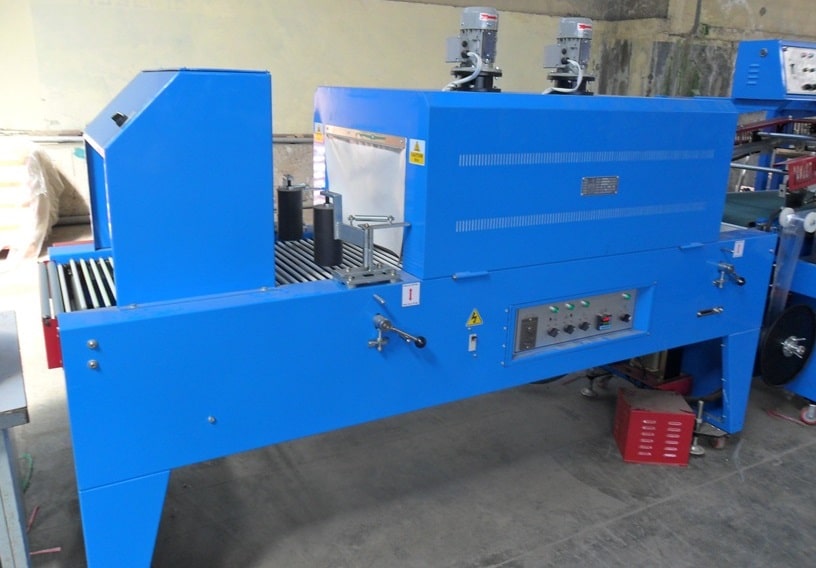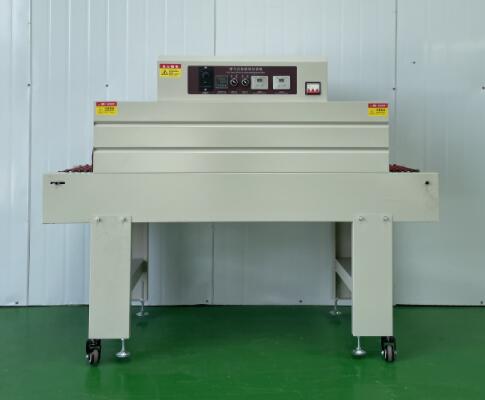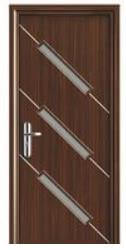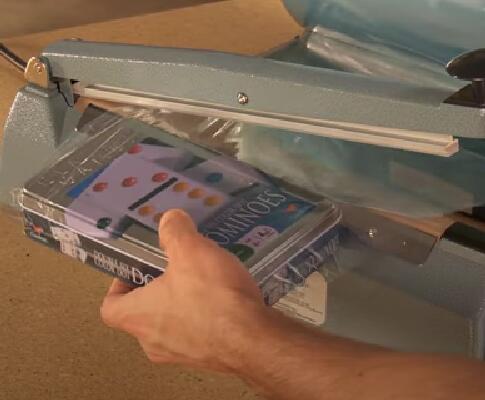The main working principle of the shrink wrap machine: use shrink film to pack the product by wrapping the items outside, make the film shrink tightly after heating. To ensure that the products are tightly wrapped, and the packaged products can fully display its appearance, so as to improve the exhibition and sales of products, and increase the beauty and value of packaging.
The shrink wrap machine is suitable for large quantities of items such as cans, glass bottles, bottles of wine, and mineral water. At the same time, it can also be used in various industries such as wood, steel, ceramics, household appliances, and computers. It is specially designed for large and heavy objects with PE film shrink packaging, and the conveyor belt can be designed as roller type, Teflon mesh type or stainless steel conveyor mesh according to customer requirements. Large-scale wrapped objects can also be completely shrunk in a short period of time. After packaging, they are neat in appearance, compact and not scattered, convenient for palletizing, ensuring product quality and meeting the needs of long-distance transportation. They are suitable for various shrink packaging materials such as PE and POF.


In terms of machine mechanism and design, shrink wrap machines are also divided into “sleeve-type shrink wrap machines” , “L-shaped shrink wrap machines”, and “side-seal shrink wrap machines” . The sleeve-type shrink wrap machine uses PE heat shrinkable film as the main packaging material, which can provide relatively thick shrinkable packaging, and is suitable for products/objects with large volume or heavy weight. Most of the L-type and side-seal shrink wrap machines use POF heat-shrinkable film as the main packaging material. The packaging is thinner, but more compact, and the transparency effect is better. Suitable for grocery, cosmetics and other products with high requirements on appearance. Among them, the L-type shrink wrap machine is only suitable for smaller products/objects due to the limitation of its blade width. However, the side-seal shrink wrap machine is not limited by the length of the product and can pack longer products/objects.
The configuration of the shrink oven mainly lies in the heating tube and the heat insulation effect of the whole machine, which are the key factors that directly affect the shrinking effect and the service life of the whole machine. Its heat tube is mainly divided into:
- Quartz tube: It is directly heated by far-infrared radiation, electronically variable speed, solid-state voltage regulator for temperature control, stable and reliable;
- Stainless steel heating tube: high-quality stainless steel heating tube, internal two-way heat circulation air, uniform and constant heat. The speed is adjusted by the electronic governor, and the conveying speed can be adjusted arbitrarily to ensure the smoothness of conveying and good shrinkage effect.
So for different shrink wrap machines, how do we choose the most suitable shrink oven to match it?

For this problem, we should comprehensively consider the packaging materials used and the size of the product to be packaged. For the sleeve-type shrink wrap machine, because the PE film it uses is thicker and the shrinkage temperature is higher, we should choose a shrinking oven equipped with stainless steel heating tubes, and then configure a cooling fan at the outlet of the shrinking oven to quickly cool down the products. Making the packaging more compact. Also, since side-seal type shrink wrap machines may be used to pack longer products. Therefore, in order to ensure the shrinking efficiency, we should also choose a shrinking oven equipped with stainless steel heating tubes, but the cooling fan is not so necessary, because the shrinking effect of the POF film is particularly good.

As for the L-type shrink wrap machine, the packaged products are small in size and POF film with excellent shrinkage effect is used. Therefore, choosing a quartz tube shrinking oven is the best choice, because it saves more electricity and can save a lot of energy for users. Lower their expenses and costs.



